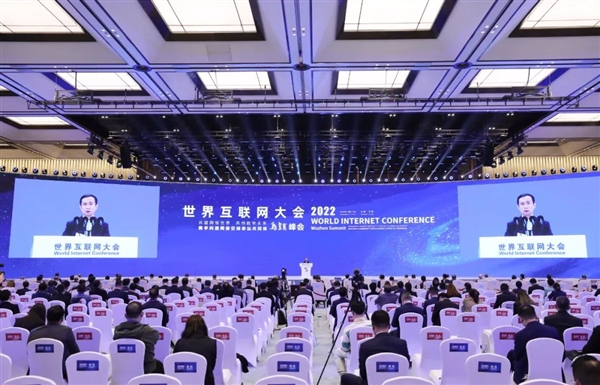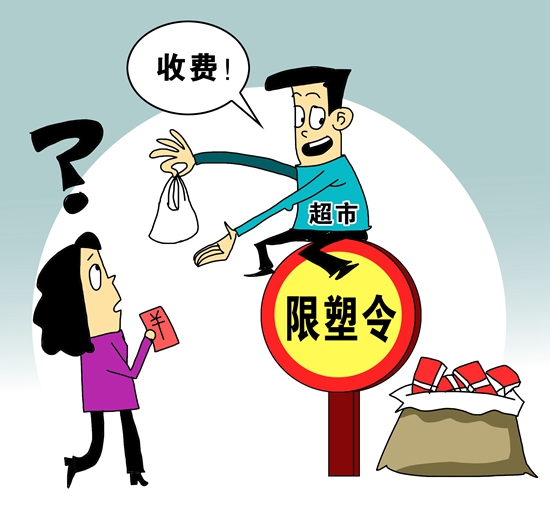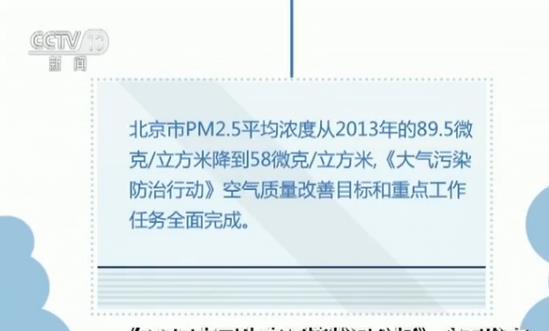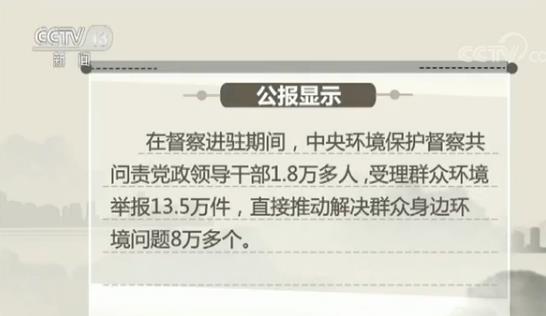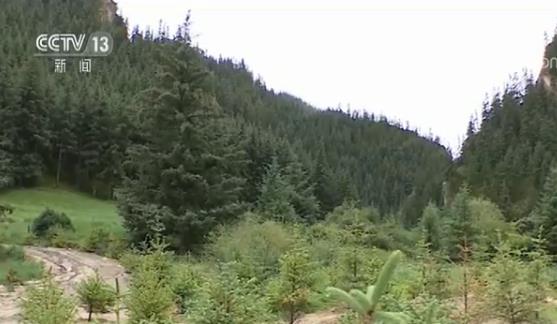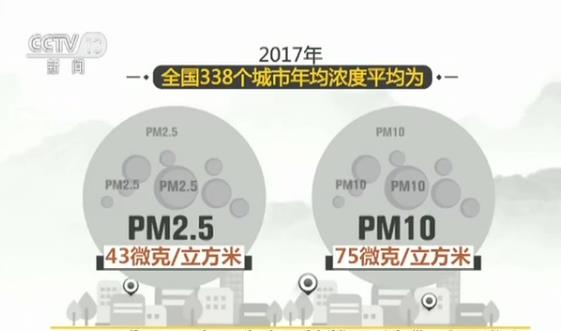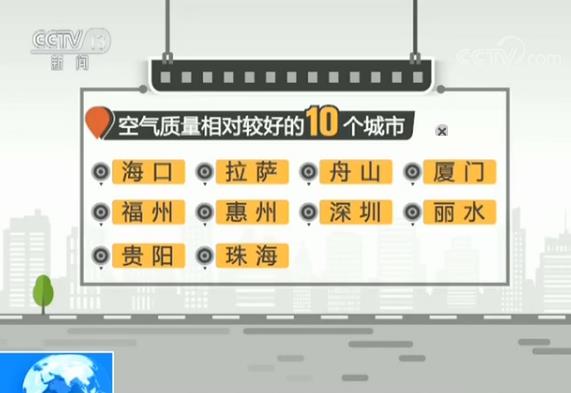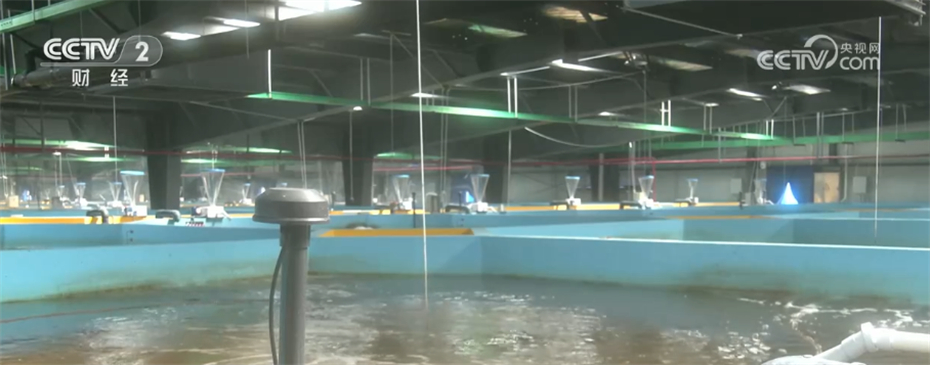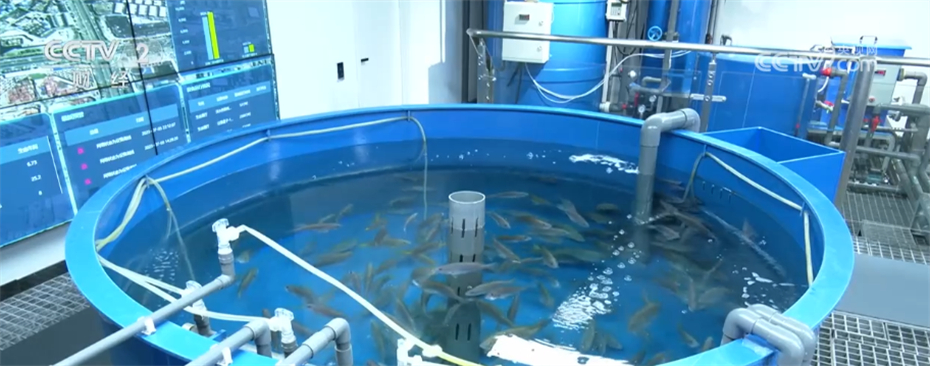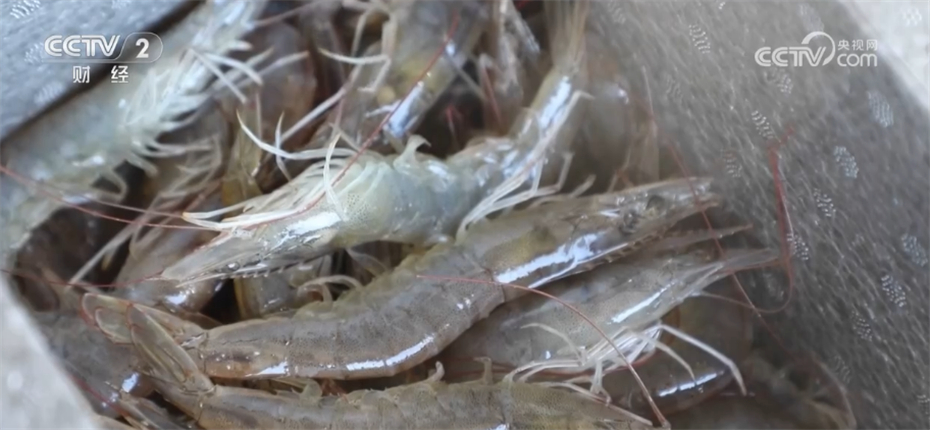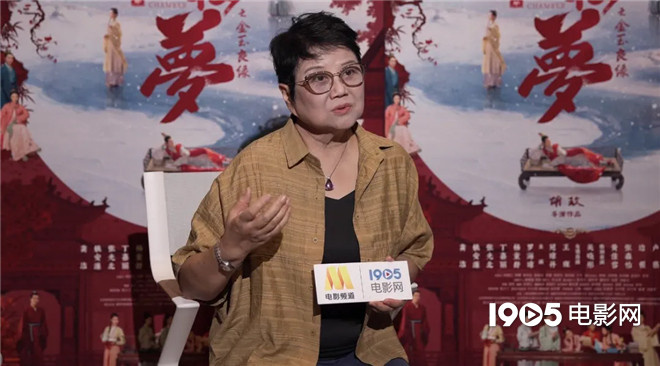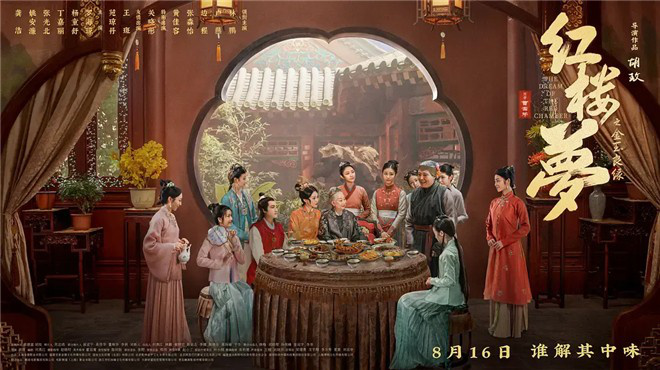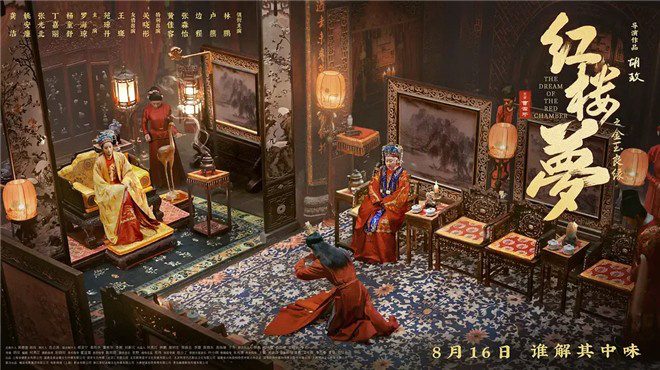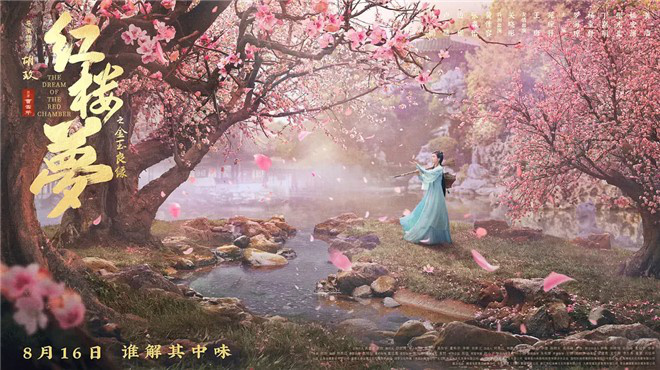
In the first 10 months, the growth rate of used car trading volume was 14.3 percentage points higher than that of new car sales. From the development history of developed countries, the volume of used cars in the United States, Germany and other automobile countries has been more than twice that of new cars; On the other hand, the trading volume of used cars in China is still less than half of the sales volume of new cars, which fully shows the future development potential of China’s used car market. With the entry of e-commerce platform, problems such as integrity that hindered the development of used car market in the past are expected to be solved — —
While the new car market is weak, the used car market has ushered in spring. A few days ago, statistics from china automobile dealers association showed that the national second-hand car transaction volume was 1.267 million in October, up 7.3% year-on-year. In the first 10 months, a total of 11.853 million used cars were traded, up 4.6% year-on-year. The growth rate of used car trading volume was 14.3 percentage points higher than that of new car sales. Experts said that the used car market continued its good trend of "Golden September and Silver 10" in October, and the market prospect was promising.
The stock market will dominate.
The automobile industry has always been hailed as a "macroeconomic stabilizer", which not only plays an important role in upstream manufacturing, but also plays a significant role in downstream industries such as finance, insurance, maintenance, tourism and catering. Authoritative data show that the contribution rate of automobile consumption to the year-on-year growth rate of retail sales of social consumer goods can reach 20%. With the slowdown of new car consumption, promoting the circulation of used cars has become one of the important means to expand domestic demand.
It is understood that the world’s major automobile countries have a huge used car market far exceeding the sales of new cars. During the ten years from 1986 to 1996, the sales of new cars of the top 500 retailers in the United States decreased by 8.8%, but the sales of used cars increased by 40%. Since 1990, the annual transaction volume of used cars in the United States has been stable between 40 million and 45 million, which is about three times that of new cars. The average price of each used car is about $16,500. From this calculation, the annual used car market in the United States is about $600 billion to $700 billion.
In recent ten years, the volume of used cars in Germany has been more than twice that of new cars, and the ratio in South Korea and Japan is basically stable at 1.45∶1. At the same time, the penetration rate of German auto finance reached 76.7% in 2017.
From 2009 to 2018, the transaction volume of used cars in China increased from 3.8 million to 13.82 million, nearly tripling in 10 years, with a strong development momentum; However, compared with the sales of 28.1 million new cars in 2018, the transaction volume of used cars is still less than half of that of new cars, which shows that there is still much room for development in China’s used car market. In the past eight years, the compound annual growth rate of used car transactions has also exceeded 22%; It is estimated that the transaction volume of used cars is expected to exceed 1 trillion yuan this year.
The insiders believe that according to the development of automobile industry in developed countries and the increasing trend of new car ownership in China, there is still room for growth of automobile consumption in China in the future, but the growth rate will gradually slow down; The dominant force will shift from the incremental market dominated by new car sales to the stock market dominated by used car circulation.
Lack of integrity hinders the release of potential
In recent years, relevant departments have jointly issued favorable policies to encourage the consumption of used cars for many times, so as to stimulate the growth of market capacity and protect the development of the used car market from the policy level. A few days ago, the State Council issued "Guiding Opinions on Further Expanding and Upgrading Information Consumption to Release the Potential of Domestic Demand", which clearly put forward new formats and models to encourage the establishment of online and offline omni-channel and format-integrated experiential consumption scenarios, so as to effectively release market vitality and consumer demand. In addition, in promoting the circulation of used cars, the implementation of the policy of completely canceling the restrictions on the movement of used cars has also been mentioned many times, further stimulating the consumption of used cars from all aspects.
At present, if the owner wants to transfer the used car, there are roughly the following ways: First, transfer it to someone he knows, also known as "acquaintance transaction"; The second is to replace new cars through 4S stores; The third is the offline used car market transaction. Among them, because of the short transaction time and high proportion in the second-hand car market, the sale time and procedures are more convenient, which is the mainstream second-hand car trading method at present.
However, due to the uniqueness of used car products and the imperfect market supervision system and policy norms, the business philosophy, trading model and market environment are very backward. In the traditional offline second-hand car trading market, there are often some "black car dealers", and dishonest behaviors such as trading fraud, concealing car condition and profiteering are common, which not only damages consumers’ rights and interests, but also brings serious security risks to users and road traffic.
According to the statistics of china automobile dealers association, there are more than 150,000 used car dealers at present, and the average annual transaction volume of each car is less than 100. The fragmented transaction has seriously hindered the large-scale development of the industry. In addition, due to the asymmetric information between buyers and sellers and the lack of transparency in car condition and price, users have great distrust of traditional used car transactions, which seriously affects the overall reputation and reputation of the used car industry and the release of the potential of the used car market.
E-commerce platform cracks "pain points"
In recent years, the booming of second-hand car e-commerce has made it possible to break through the "bottleneck" of the above industries, which has boosted the accelerated development of China’s second-hand car market. Taking the second-hand car of melon seeds as an example, the new technologies, new formats and new models based on the platform economy have infiltrated and reconstructed the traditional industrial structure, and made efforts to solve the "pain points" of the industry and better protect the legitimate rights and interests of consumers. At the same time, the platform itself has also achieved rapid development.
Feng Hua, director of the Institute of Service Economy and Emerging Industries of Beijing Jiaotong University, believes that in the era of new Internet economy, automobile trading has entered a new stage of the development of platform economy, and the national unified second-hand car trading platform will inevitably rise rapidly. The industrial ecology formed on the basis of the platform, the leading enterprises in the industry are the organizers and leaders of the platform, which is meaningful to the standardization and innovation of the whole industry and will effectively promote the standardized and high-quality development of the used car market.
Feng Hua said that the Internet platform has the following promoting effects on the traditional used car industry. First, it promotes the transparency of the industry. Through the application of big data and artificial intelligence technology, Internet platform enterprises have built a trading mode with transparent vehicle conditions and standardized pricing. The second is to accelerate cross-regional automobile circulation. Internet can easily break the physical space restrictions, effectively gather vehicle sources, and build related infrastructure such as logistics and equipment, which can more effectively promote cross-regional automobile circulation. The third is to enhance the industrial value. Compared with the traditional second-hand car trading, the internet platform has transformed the second-hand car trading from low-frequency trading to high-frequency service by building and improving the ecological service chain, greatly improving quality and efficiency.
In addition, compared with traditional formats, Internet platforms have more incentive to strengthen their own responsibilities and protect consumers’ rights and interests. Xiong Bingwan, a researcher at the Institute of Future Rule of Law of Renmin University of China, said that platforms have market attributes, and platform operators should not only cultivate and operate the market, but also have the responsibility to carry out market supervision. For example, the platform should review the access of merchants, design the platform agreement, carry out credit management for settled merchants, deal with illegal behaviors of merchants, resolve consumer disputes, persuade bad merchants, and so on. In fact, the platform itself has the motivation and ability to play a self-regulatory role in platform affairs.
Experts said that the overall market size of the used car industry is huge. At present, the penetration rate of used car e-commerce in the whole used car industry is low, and it is still in the early stage of development, which has huge room for development. At present, China’s second-hand car market is in disorder, in fact, in the United States and Japan and other countries with mature second-hand car industry. In the future, with the gradual improvement of the second-hand car testing system and trading system, China’s second-hand car e-commerce and second-hand car market are also expected to mature.

